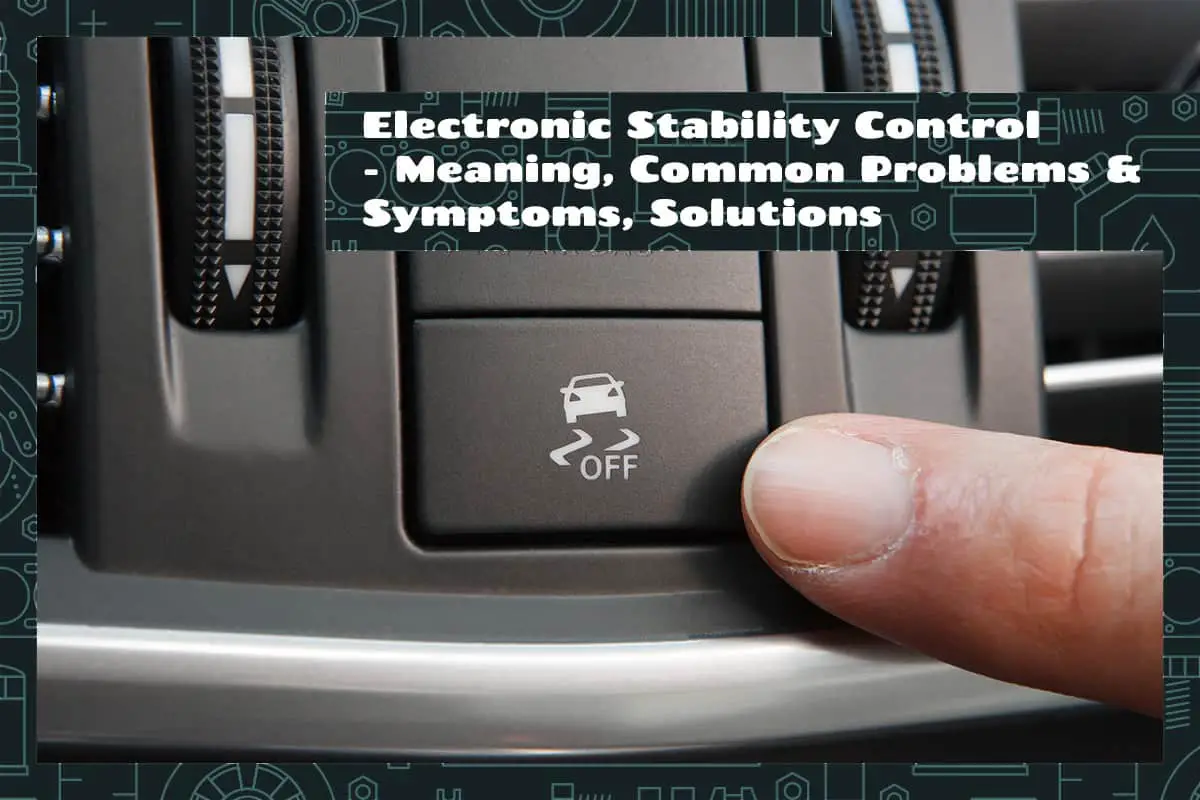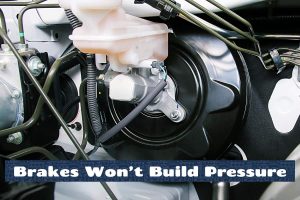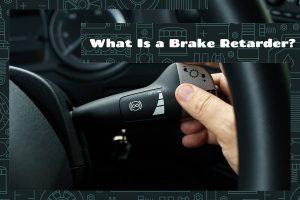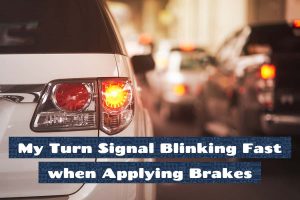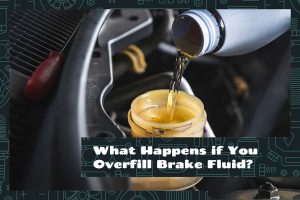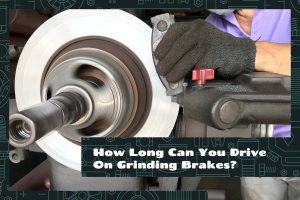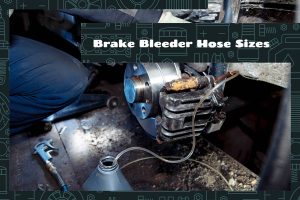Modern cars come with a wide assortment of smart systems. One of these is the Electronic Stability Control. Of the countless systems in cars, what does this one do, and what sort of problems does it experience?
Electronic Stability Control, or ESC, is a smart system in cars that helps prevent skidding or sliding. It uses sensors and a computer to monitor how the car is moving and applies brakes to individual wheels when needed. Common problems with ESC can include:
- The warning light on the dashboard turns on
- The car is not handling as smoothly as it should
- Strange noises or vibrations while driving
In this article, we’ll explore what ESC is, how it works, common issues and their symptoms, and solutions for these problems.
Introduction to Electronic Stability Control (ESC)
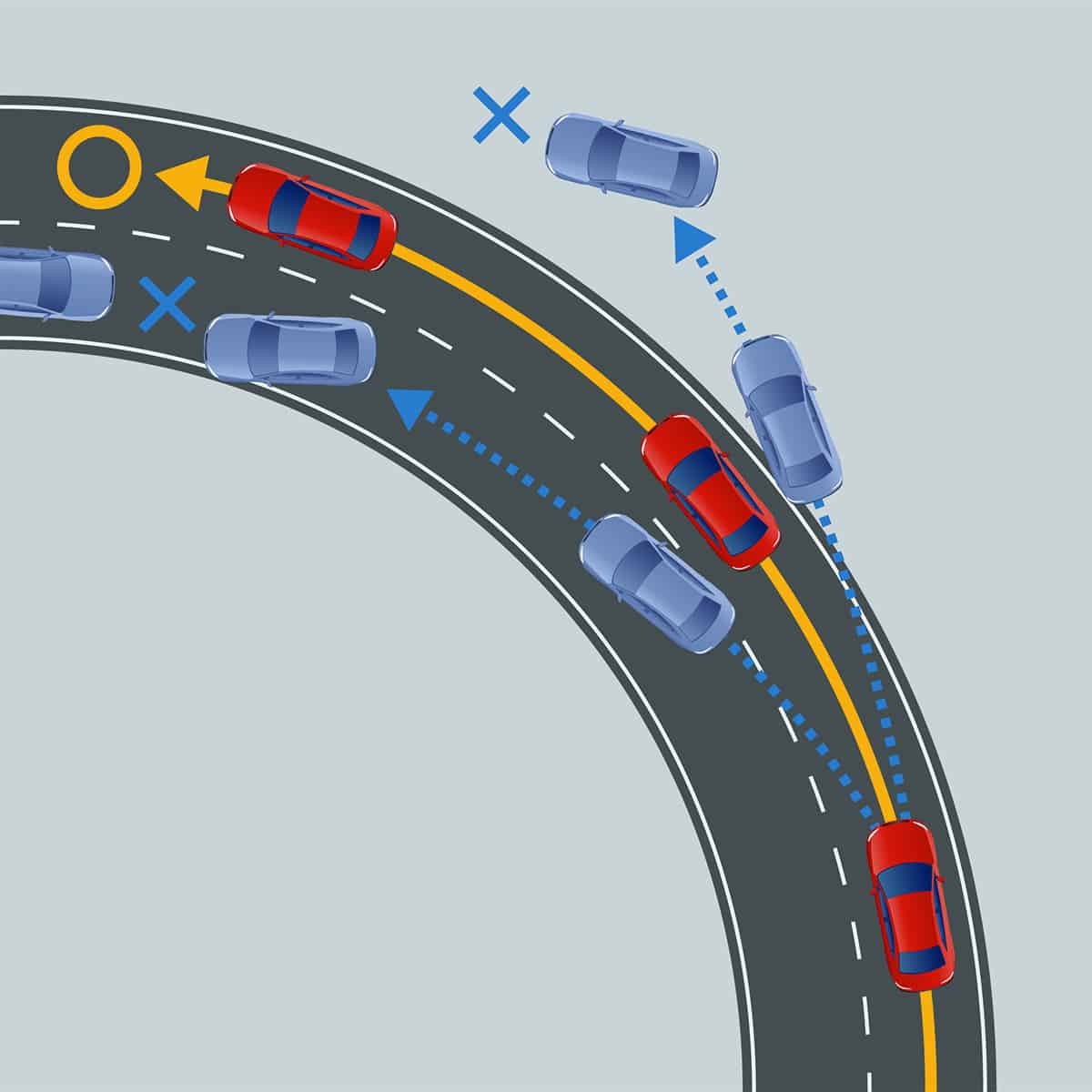
Electronic Stability Control, or ESC, is an advanced technology in cars designed to improve a vehicle’s stability. It detects and reduces loss of traction (skidding) during sharp turns or slippery conditions. By automatically applying the brakes to individual wheels, the ESC system helps maintain the vehicle’s intended direction and prevents skidding or sliding.
The role of ESC in vehicles is vital for enhancing safety. Its main job is to keep your vehicle under control, especially during emergency maneuvers. For instance, if you’re driving on a rainy day and your vehicle starts to slide, ESC can help you regain control by applying the brakes to specific wheels. This can prevent accidents and make your car safer to drive.
How ESC Works
ESC works by using a network of sensors that monitor the vehicle’s motion and the driver’s inputs. When these sensors detect that the vehicle is starting to move differently than the driver intends, the ESC system steps in. It can apply the brakes to one or more wheels or reduce engine power to help the vehicle stay on its intended path.
Key Components of the Electronic Stability Control System
The ESC relies on several components to prevent your car from skidding or sliding. Those components include:
1. Control Unit
The heart of the ESC system is the control unit, a computer that processes information from the sensors. It makes decisions based on this data, like when and how to apply the brakes. The control unit’s processing speed is crucial for the quick response times needed in emergency situations.
2. Speed Sensors
Speed sensors monitor the speed of each wheel and send this information to the control unit. If the sensors detect that one or more wheels are turning at different speeds—which can happen when the vehicle is skidding—the control unit will take action.
3. Steering Angle Sensor
The steering angle sensors keep track of the direction the driver is trying to steer the vehicle. This sensor is crucial for the ESC system to understand the driver’s intended direction. If the vehicle’s actual direction doesn’t match the driver’s intent, the ESC system steps in to correct it.
4. Yaw Sensor and Lateral Acceleration Sensor
The yaw and lateral acceleration sensors detect the vehicle’s rotation around its vertical axis and sideways movement, respectively. These sensors help the ESC system determine if the vehicle is beginning to skid or slide. Once such a situation is detected, the ESC system takes appropriate action to regain stability.
Common Problems and Symptoms Associated with ESC
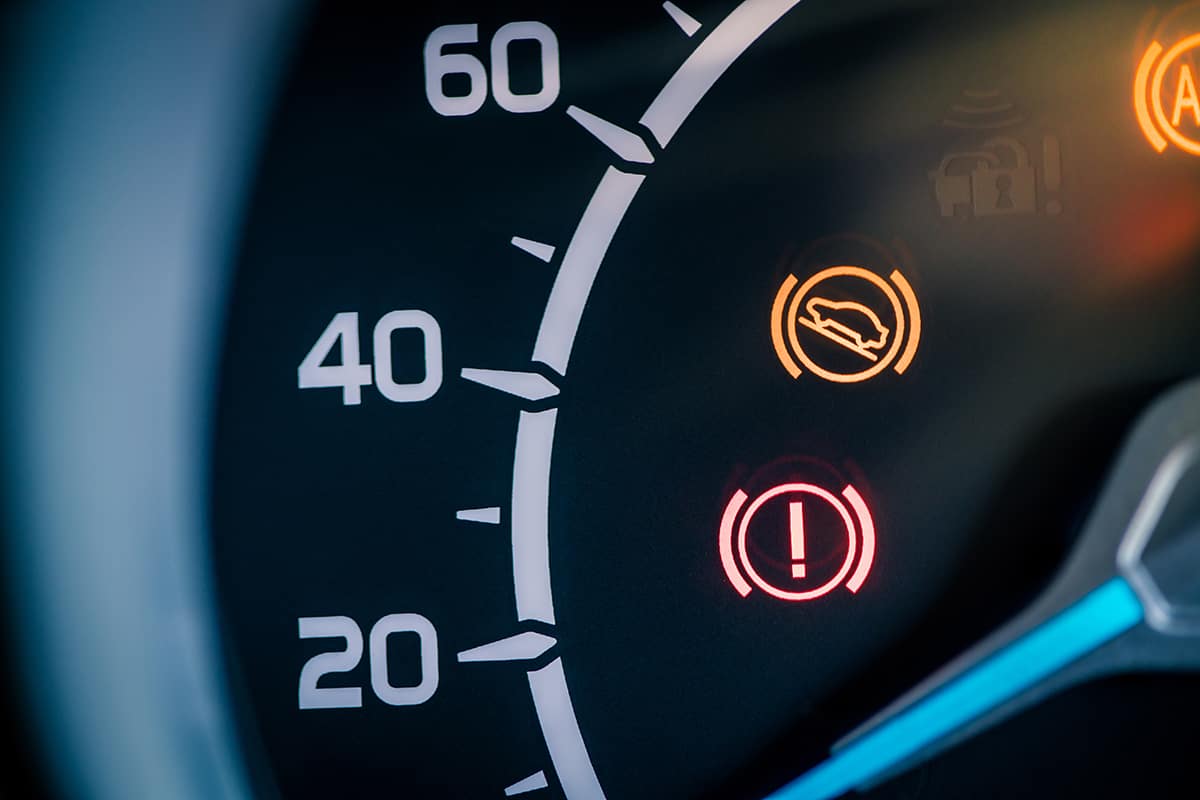
There may come a time when the ESC is acting up. You should recognize common problems and their symptoms so that you can take action before they impact your car’s performance or safety.
1. ESC Warning Light
One of the most noticeable signs of a problem with the ESC is the warning light on your dashboard. If this light comes on while you’re driving, it means the system has detected a problem. It could be a minor issue, like a sensor malfunction, or something more serious that requires immediate attention. It’s always a good idea to get your vehicle checked by a professional when this light comes on.
2. Poor Vehicle Handling and Instability
ESC’s primary job is to improve vehicle stability, so if you notice your car isn’t handling well, it could be a problem with the ESC system. If your vehicle isn’t responding well to your steering, especially around curves or during sharp turns, or if it feels unstable during sudden maneuvers, it’s possible that your ESC isn’t functioning correctly.
3. Inconsistent Brake Behavior
Another common symptom of ESC problems is inconsistent or unresponsive brakes. Since the ESC system works by applying brakes to individual wheels, any problem with the system could affect brake performance.
For example, you might notice that your brakes aren’t responding as they should, or they feel different than usual. This can be dangerous, especially in emergency situations, so it’s crucial to have it checked out as soon as possible.
4. Unusual Noises or Vibrations
Sometimes, problems with the ESC can result in unusual noises or vibrations while driving. These can be hard to identify because many different vehicle issues can cause sounds or vibrations. However, if you notice these symptoms along with other ESC issues like the warning light or poor handling, it could indicate a problem with your ESC system.
Troubleshooting Common Electronic Stability Control Issues
Being able to identify and resolve issues with your ESC system is a part of ensuring your car’s safety. Here are some ways you can troubleshoot common ESC problems.
1. Diagnosing ESC Warning Light Problems
When the ESC warning light illuminates your dashboard, it’s an indication that something might be wrong. This could be due to a variety of reasons, from faulty sensors to more significant system malfunctions.
One common way to diagnose this is by using a diagnostic tool that can read error codes from your car’s computer. These codes can give you a clue about what might be causing the issue. If you don’t have a diagnostic tool, you can always ask a mechanic to diagnose the problem for you.
2. Resolving Handling and Stability Issues
If your car isn’t responding well to your steering or feels unstable, it could point to an ESC issue. Sometimes, these issues can be resolved by simply restarting your car, which can reset the ESC system.
If the problem persists, it could indicate a more serious issue, such as a faulty sensor or a problem with the control unit. In such cases, a visit to a professional mechanic is advisable.
3. Addressing Brake-related ESC Problems
Inconsistent or unresponsive brakes can be a sign of an ESC problem, given that the ESC system controls the brakes of individual wheels. If you notice that your brakes aren’t working as they should, it’s essential to get them checked out immediately, as it can be a serious safety concern.
4. Investigating Noises and Vibrations Related to ESC
Unusual noises or vibrations while driving could be related to your ESC system, especially if they occur in combination with other ESC issues. To troubleshoot this, try to identify when the noise or vibration occurs. Does it happen when you’re turning, braking, or driving at specific speeds? This information can be helpful for a mechanic to diagnose the issue.
FAQs
1. How often should ESC systems be checked or serviced?
Regular checkups of your car usually include a basic check of the ESC system. As a rule of thumb, you should have your ESC system examined at least once a year, or whenever you bring your car in for service.
However, if the ESC warning light comes on or you notice other issues like unusual noises, vibrations, or your car handling poorly, it’s a good idea to have your ESC system checked right away.
2. What is the average cost of ESC repair or replacement?
The cost to repair or replace parts of your ESC system can vary widely based on the exact problem and your vehicle’s make and model. Simple fixes like sensor replacements could range from $100 to $300. However, if you need to replace the control unit, which is the heart of the ESC system, it can be much more expensive—sometimes over $1,000.
If your car’s ESC is misbehaving, you should have it inspected by a professional mechanic. They can diagnose the problem and possibly repair it, saving you several hundreds of dollars.
3. Are there any DIY solutions for common ESC issues?
For minor issues, there are a few DIY solutions you can try. For example, if the ESC light comes on, you might try resetting the system. You can do this by turning the car off and then on again, or in some cars; there might be a specific button to reset the ESC system.
If the light comes back on or you notice other problems, it might be time to take your car to a professional. ESC is a complex system, and many issues require professional expertise to diagnose and fix. Always remember that your safety is the top priority, and while DIY solutions can be tempting, they aren’t always the best or safest option.
